By NIGEL JAQUISS/Oregon Journalism Project
A fundamental question lawmakers should ask about programs is who pays and who benefits.
Last week, the Oregon Senate Finance and Revenue Committee got the answer about who’s footing the bill for a public service that tops lawmakers’ to-do list this session: Oregon’s highways.
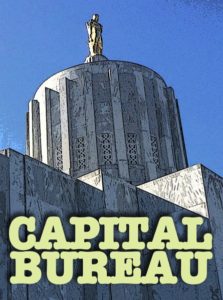 Lawmakers are desperate to raise new money for the Oregon Department of Transportation. But first, they are required to evaluate whether the current funding system is equitable — that is, if passenger vehicles and 18-wheelers pay their fair share. When they do, both groups are said to pay into the system at a ratio of 1 to 1.
Lawmakers are desperate to raise new money for the Oregon Department of Transportation. But first, they are required to evaluate whether the current funding system is equitable — that is, if passenger vehicles and 18-wheelers pay their fair share. When they do, both groups are said to pay into the system at a ratio of 1 to 1.
State economist Carl Riccadonna and Matthew Kitchen of the consulting firm ECOnorthwest delivered the news. Their explanation of the Highway Cost Allocation Study prompted the committee’s chair, Rep. Mark Meek, D-Gladstone, to call the state’s efforts to balance responsibilities between light and heavy vehicles a “shell game.”
Oregon’s method of allocating costs turns on the principle that road users should pay based on use. If the payments are out of balance, the Oregon Constitution requires lawmakers to fix them. “The Legislative Assembly shall provide for a biennial review and, if necessary, adjustment of revenue sources to ensure fairness and proportionality,” the constitution says.
But for the past eight years, trucks have paid more than their fair share.
Sen. Mike McLane, R-Powell Butte, a member of the Finance Committee, says it’s past time lawmakers did their duty to balance who pays and who benefits.
It’s a very serious issue,” McLane says. “I’m a little shocked we are not addressing it because we have a constitutional duty to do so.”
Senate President Rob Wagner, D-Lake Oswego, hopes to correct the imbalance as part of the transportation package.
Here’s what it would take to get the system back in balance:
Nine cents per gallon: That’s the amount the gas tax would need to be raised for light vehicles (those weighing under 10,000 pounds, which include passenger vehicles and light trucks). The registration fee for such vehicles would also have to be raised by 7 perent. Lawmakers are choking on these increases because they would be raising taxes on most Oregonians without providing any new services.
41 percent: That’s how much lawmakers would have to lower the weight-mile tax on the largest category of trucks paying the tax, those in the 78,000-to-80,000-pound category (big rigs). Just as lawmakers don’t want to anger constituents by raising gas taxes, they don’t want to pull revenue away from an already cash-strapped ODOT by slashing the weight-mile tax. “That would be very troublesome right now,” Meek says.
$500 million: That’s how much truckers have overpaid for the use of state roads since 2019. Because lawmakers have failed to adjust the revenue formula, the Oregon Trucking Association last year sued legislative leaders and Gov. Tina Kotek for their failure to follow the constitutional requirement to balance responsibility for road costs. Truckers say that failure has cost Oregon trucking companies, many of them small, family-owned businesses in rural parts of the state, more than $500 million.
- This story was produced by the Oregon Journalism Project, a nonprofit newsroom covering rural Oregon.


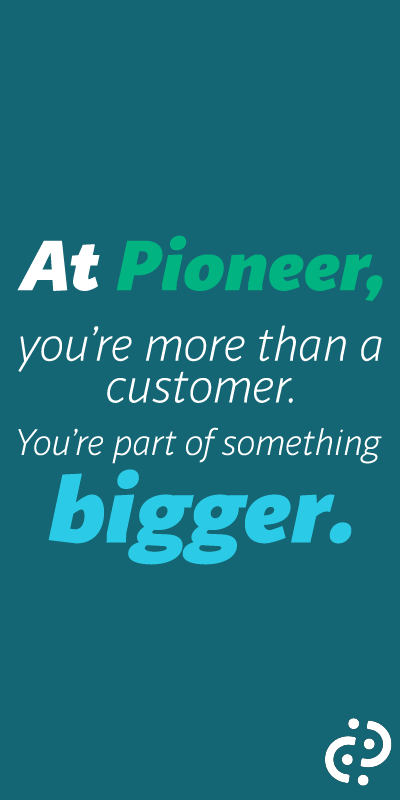




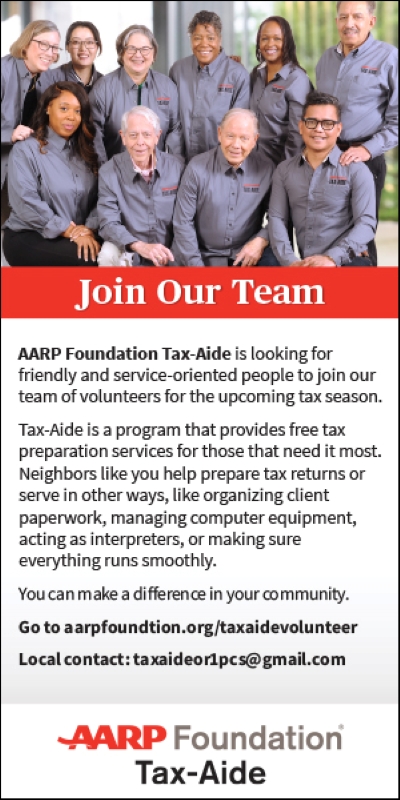


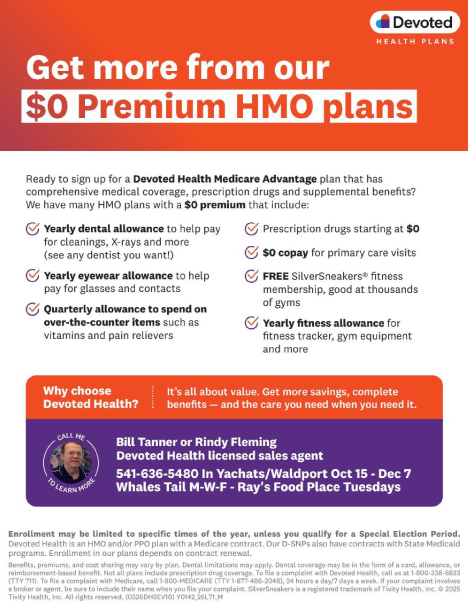

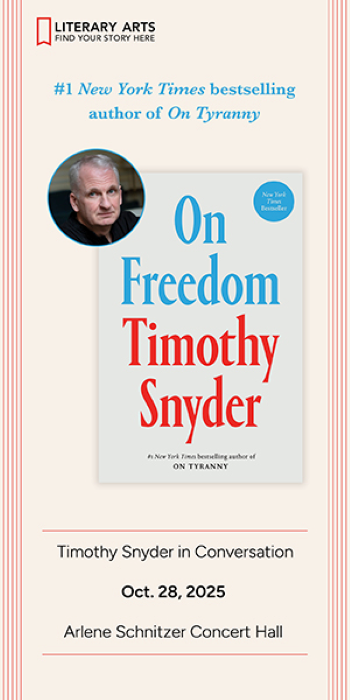






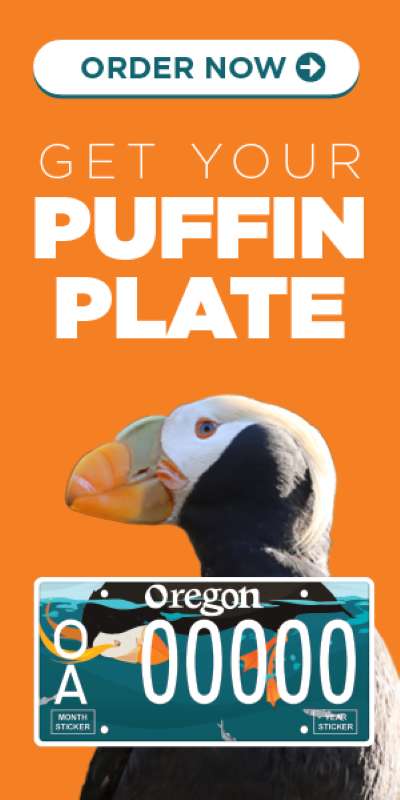

Are trucks really paying more than their fair share? They obviously put a lot more wear and tear on road surfaces because of their weight. Does the funding formula account for that?
Agree with Lee. A passenger vehicle could use a road for a long time with causing only minimal state road wear. Heavy vehicles cause significant wear to the state roads, and a 1:1 pay ratio seems inconsistent with a fair cost to benefit formula.